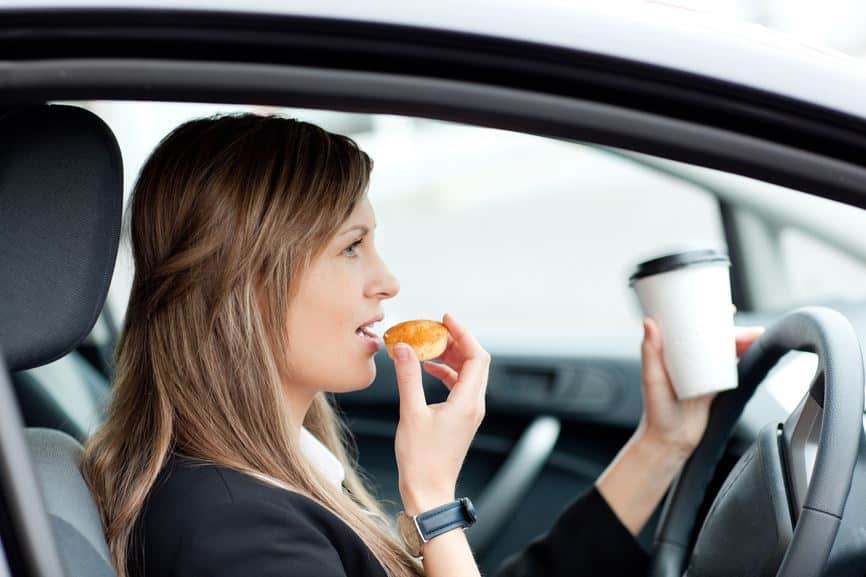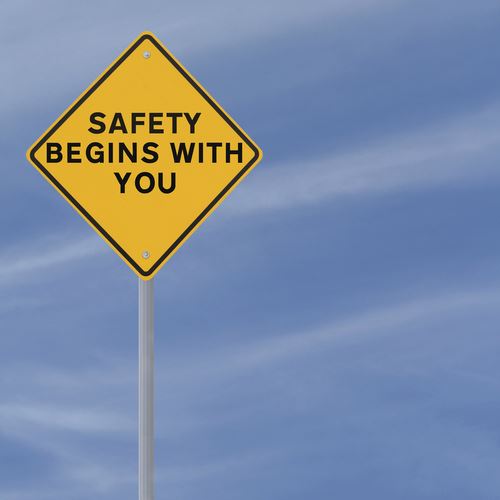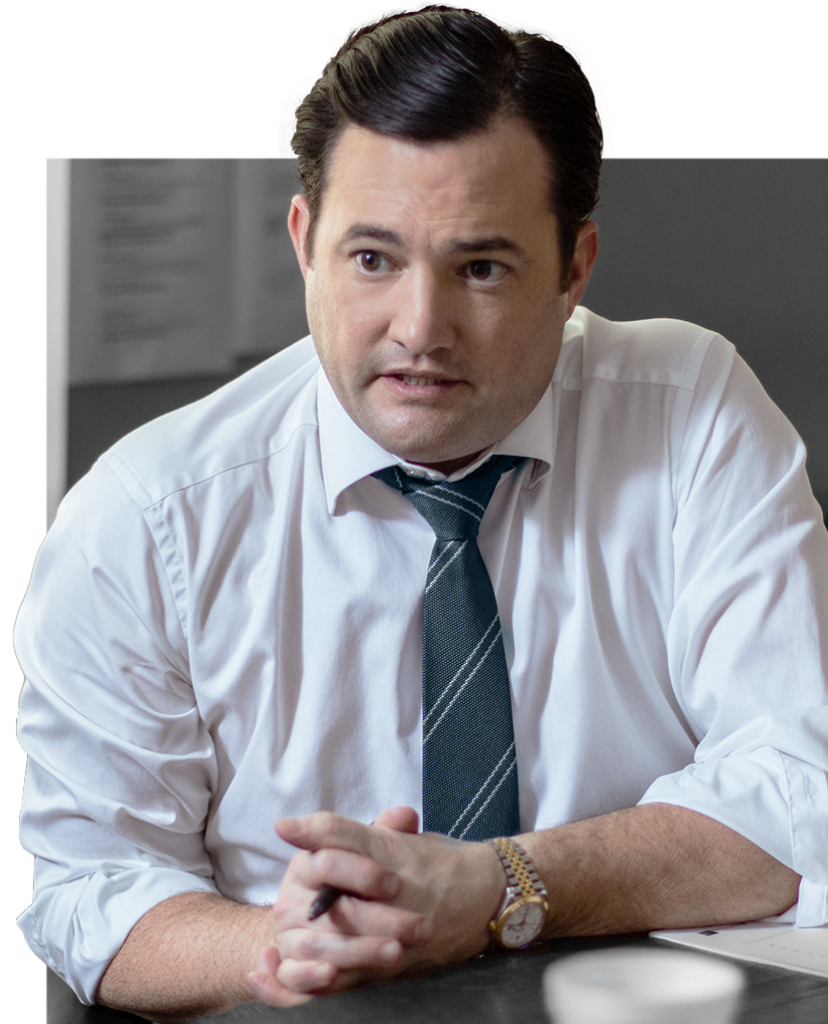Most Motorists Multitask Behind the Wheel, But Is It Really Safe?

No, multitasking while driving is not safe. In fact, inattentive drivers cause about 4 out of every 5 car crashes — and 65% of near wrecks. Still, at least 3 in 5 drivers admit to multitasking behind the wheel (source: NYT).
No matter what motorists are doing, multitasking while driving is as dangerous as drunk driving, according to experts. Here’s why.
What Is Multitasking While Driving?
Multitasking while driving occurs when motorists are performing at least two tasks simultaneously — driving and anything else. Generally, that anything else can include tasks like (but not limited to):
- Using cellphones
- Playing with the radio
- Shaving or putting on makeup
- Reaching for things in other areas of a vehicle
- Eating
Although many drivers think they’re good at multitasking behind the wheel, the reality is that multitasking is just another form of distraction. That’s what makes it so dangerous.
How Is Multitasking While Driving Like Drunk Driving?

Like driving while intoxicated, multitasking while driving impairs drivers’:
- Perception: Motorists who are performing multiple tasks while driving can overlook crucial signals and changes in their driving environment. Sometimes, multitasking drivers can also misinterpret what they see, responding with risky or accident-causing maneuvers.
- Reaction times: Multitasking drivers can have much slower reaction times, with delays of a few seconds or more. When those delays happen at intersections or in high traffic conditions, it’s far more likely that they’ll end up causing serious accidents.
According to studies, the risk of a car accident increases by (source: NYT):
- 9 times when motorists reach for moving items in their vehicles
- 4 times when drivers are looking at things outside their vehicles
- 3 times when motorists read, apply makeup, or dial a number on a cellphone
- 1.3 times when listening or talking to someone on a cellphone
What About Hands-Free Devices?
Although hands-free devices can be safer than handheld cellphones, it’s still far safer to not use a phone while driving. That’s because:
- Dialing, talking to someone, and listening to someone on cellphones cause about the same number of crashes. Notably, while dialing is more dangerous than talking or listening, it also happens less frequently (i.e., motorists spend more time talking or listening, instead of dialing).
- Not holding a phone doesn’t eliminate the distractions for drivers.
- Motorists who talk on the phone, even with a hands-free device, can experience a phenomenon known as “inattention blindness.” That’s when they don’t see things they’re looking at because their mind is focused on something else (the conversation they’re having).
Well, what about talking to someone else who’s in the car? Is that as dangerous as talking on the phone?
No, according to experts. Talking to someone who’s in your car is NOT as dangerous or distracting as speaking to someone on a cellphone (i.e., someone who’s not in your car). The reason is that another person in your car means another set of eyes on the road. Plus, someone in your car can pause or adjust the conversation when more complicated traffic conditions arise.
How to Prevent Multitasking While Driving: 6 Tips

To stay safe and focused behind the wheel, here are some helpful tips to prevent multitasking while driving:
- Adjust your vehicle controls before you’re on the road.
- Snack or eat before you get in your car to drive.
- Make sure items in your vehicle are secured, so they don’t roll in transit and tempt you to reach for them while you’re driving.
- If you need assistance with something and there’s a passenger in your car, ask for their help.
- If you need to answer a call, write an email, or perform another task that demands your attention while you’re behind the wheel, pull over first.
- Commit to distraction-free, safe driving every time you get behind the wheel.









